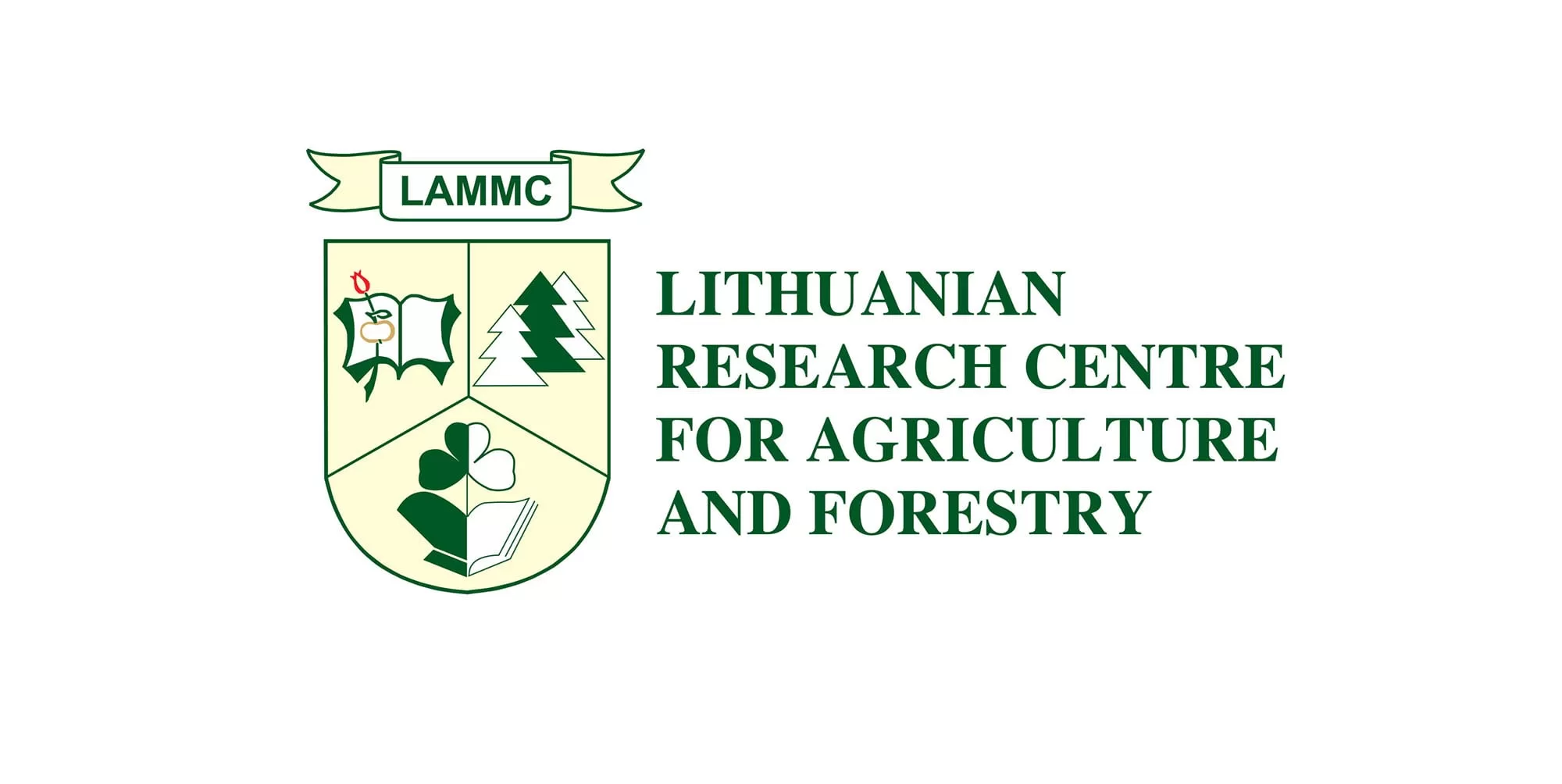Recommendation system by: Levy board
Nutrient Management Guide (RB209)
RB209 offers best practice guidance on the application of mineral fertilisers, manures and slurries to crops and grassland. It helps farmers make the most of organic materials and balance the benefits of fertiliser use against the costs – both economic and environmental. The guide outlines the value of nutrients and soil and explains how good nutrient management can save money and infer improved environmental outcomes. The guide aims to increase uptake and accuracy of crop nutrient management planning.
Access the recommendation system
 Wheat
Wheat
 Maize
Maize
 Potatoes
Potatoes
 Nitrogen
Nitrogen
 Phosphorus
Phosphorus
 Potassium
Potassium
| Publisher | Levy board |
| Name | Nutrient Management Guide (RB209) |
| Weblink | https://ahdb.org.uk/rb209 |
| Countries covered | United Kingdom |
| Regions covered | England, Wales, Northern Ireland |
| Language | English |
| Crops covered | Wheat, Maize, Potatoes, Vegetables, Other cereals, Brassicas, Other crops |
| Nutrients covered | Nitrogen (N), Phosphorus (P), Potassium (K), Sulphur (S), Magnesium (Mg), Boron (B), Copper (Cu), Manganese (Mn), Molybdenum (Mo), Zinc (Zn) |
| Target soil pH Recommendations based on soil and cropping types | Provided |
| Nitrogen | |
| Crops for Nitrogen Recommendation | Maize, Potatoes, Wheat |
| Nitrogen Analysis Options | Soil Mineral Nitrogen |
| Soil Nitrogen Assess Method | Estimated |
| Factors for estimated Soil Mineral N | Soil type, Rainfall, Past management, Previous crop |
| Soil Nitrogen content measurement | Extraction with KCl; Potentially available N (AN) or anaerobic mineralisable N (AMN) |
| Phosphorus | |
| Crops for Phosphorus Recommendation | Maize, Potatoes, Wheat |
| Soil Phosphorus content measurement | Lab based method |
| Phosphorus Sampling Frequency | Every 3-4 years |
| Lab analysis method for Phosphorus | Olsen P method |
| Potassium | |
| Crops for Potassium Recommendation | Maize, Potatoes, Wheat |
| Soil Potassium content measurement | Lab based analysis |
| Lab analysis method for Potassium | Ammonium nitrate extraction |
| Potassium Sampling Frequency | Every 3-4 years |
| Potassium Measurement Method | None |
| Soil available Potassium(Κ) from potash clays | Soil type |
| Guidance for minimizing nitrate leaching | Provided |
| Crops for which the recommended N rate is adapted depending upon nitrate leaching risk | None |
| Nitrogen | |
| Dry Springs | Not Considered |
| Advice on irrigation for N recommendation | Not Provided |
| Spring Crop N content | Accounted for |
| Accepted methods for assessment of spring crop N content | Lab analysis; Shoot number |
| Phosphorus | |
| Spring Crop P content | Not Accounted for |
| Accepted methods for assessment of spring crop P content | |
| Nitrogen | |
| Current in season crop N requirement | Estimated |
| Basis for N Requirement Estimation | Standard values for crop N content |
| Expected yields | Estimated in season N requirement can be adjusted for expected yields |
| Basis of crop N requirements | Crop approach |
| Phosphorus | |
| Current in season crop P requirement | Estimated |
| Basis for P requirement estimation | Standard values for crop P content |
| Expected yields | Estimated P requirement can be adjusted for expected yields |
| Basis of crop P requirements | Crop approach |
| Potassium | |
| Current in season crop K requirement | Estimated |
| Basis for K requirement estimation | Standard Yield |
| Expected yields | Estimated K requirement can be adjusted for expected yields |
| Basis of crop K requirements | Crop approach |
| Crops for which yield adjustments are made | Wheat |
| Adjustments for Potato Recommendations | |
| Recommendations on length of growing season, variety, haulm length and/or determinacy groups | Available |
| Available adjustments for potatoes | Planting date; Cold soils; Timing of N application; Effect of irrigation; Placement of N in bed systems; Problems with previous potato crops; N rate is modified if the growing season is reduced, or emergence is delayed in some crops. Where fertiliser application methods reduce the amount of N falling into furrow bottoms, if previous crops had problems with large canopies, or if there were problems with delayed skin-set, reductions could be considered. |
| Adjustments for nitrate leaching, gaseous N-losses and Ammonia Mitigation | |
| N adjustments to account for gaseous N-losses are included for | Manures |
| Fertiliser types and additives change recommendation | |
| Ammonia mitigation strategies used for manufactured fertilisers | |
| Manure application methods used for reducing ammonia emissions | Precision application equipment (e.g. bandspreading); Incorporation into soil |
| Organic materials nutrient content | |
| Crop available N for different types of organic material | Calculated |
| Organic materials for which crop available N is calculated | Farmyard manure (cattle, goat, pig, sheep, horse, duck), Cattle slurry, Pig slurry, Poultry manure, Digestate, Compost, Biosolids, Waste derived materials e.g. paper crumble, food waste |
| Crop available nutrients from organic materials accounted for | Nitrogen (N), Phosphorus (P), Potassium (K) |
| Nutrients for which there is an option to input own organic material nutrient analysis | Nitrogen (N), Phosphorus (P), Potassium (K) |
| Types of organic materials for which regulation stipulates a sampling requirement | Certain types |
| Guidance on fertilizer application timings | Provided, Adjusted for the total amount of nutrient applied |
| Guidance on the rate of fertiliser to apply at each timing | Provided |
| Number of fertilizer N applications in wheat | 3 |
| Application number between maize and potatoes | Different |
| Number of fertiliser N applications in maize (or potatoes) | Maize - 2 applications; Potatoes: 1 application |
| P & K application frequency in winter wheat | Once a year |
| P & K application frequency between maize and potatoes | Does not differ |
| P & K application frequency in maize (or potatoes) | |
| Crops with guidance available for the placement of fertilisers | Maize, Potatoes |












